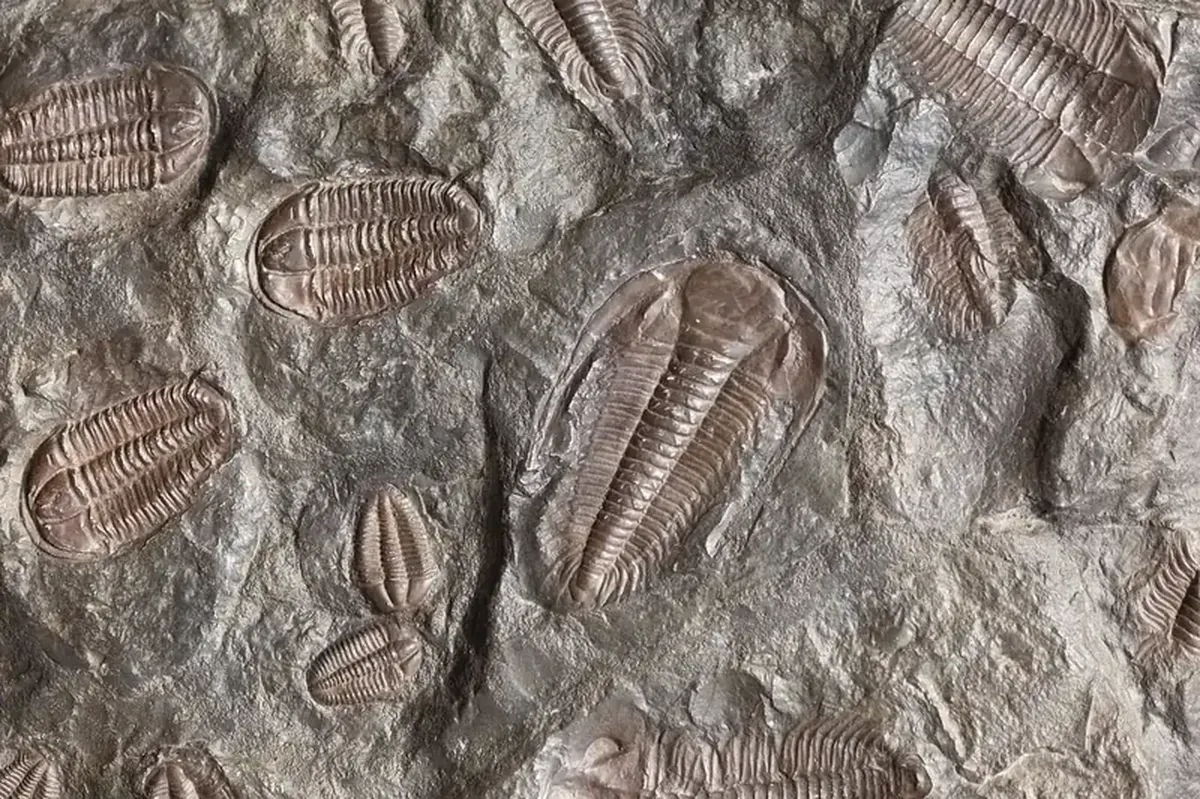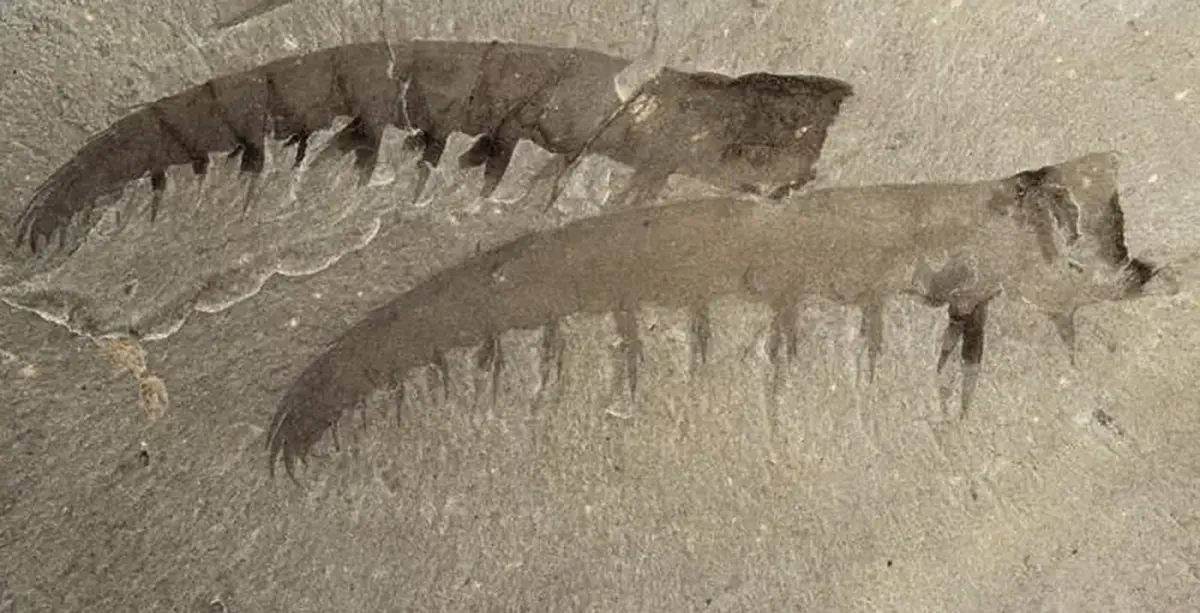Anomalocaris canadensis is one of the oldest super predators on Earth. That’s what scientists believed until they employed biomechanical modeling to explore the feeding capabilities of this Cambrian creature. It turned out that this marine monster, which dates back 508 million years, was surprisingly weak.
Doubts About Cambrian Super Predator Status
This Cambrian creature reached lengths of up to 60 centimeters, making it one of the largest animals of its time. Fossils of this Cambrian beast were discovered in the Burgess Shale in Canada during the 1800s. Its scientific name translates to “strange shrimp from Canada.” This Cambrian animal had swimming shields, large compound eyes, and grasping appendages for catching prey. Paleontologists suggest that its peculiar spider-like front “legs” were used to capture prey and direct it toward its ring-shaped mouth.

Trilobites
As noted by Cosmos Magazine, earlier fossil finds of crushed trilobite exoskeletons were linked to the diet of this Cambrian super predator. However, Dr. Russell Bicknell has questioned this assertion. According to the scientist, trilobites possess very sturdy exoskeletons, and the ability of the marine monster’s ring-shaped mouth to process hard food is quite dubious. This led Dr. Bicknell to investigate whether the long spiny front appendages of the “Cambrian shrimp” could perform this task.
A Nimble Swimmer, But Not a Super Predator
An international research team constructed a three-dimensional model of Anomalocaris. By using modern arthropods (like scorpions and spiders) as biomechanical analogs, the researchers discovered that the segmented appendages were suitable for extending, bending, and grasping prey. The “Cambrian shrimp” could extend and retract them, providing the flexibility needed to capture and process food. However, the modeling also indicated that stress and strain on the appendages would likely lead to damage when handling heavy prey, such as trilobites.

The Appendages of the “Cambrian Shrimp”
The researchers then applied computational fluid dynamics to simulate the predator’s movements in a virtual current. This allowed them to predict the most likely body position of the creature while swimming. The study suggests that this Cambrian monster may have been a swift swimmer, leaping with its front appendages outstretched in pursuit of soft prey in the water column. According to the scientists’ findings, the “Cambrian shrimp” preferred to chase soft prey in open water. This challenges the common perception that this marine monster hunted hard-shelled creatures on the ocean floor.
Mr. Bicknell adds that previous assumptions held that these animals viewed the surrounding fauna as a “buffet,” meaning they sought out whatever they fancied. However, the research revealed that the dynamics of Cambrian food webs were likely much more complex than scientists had previously imagined.
